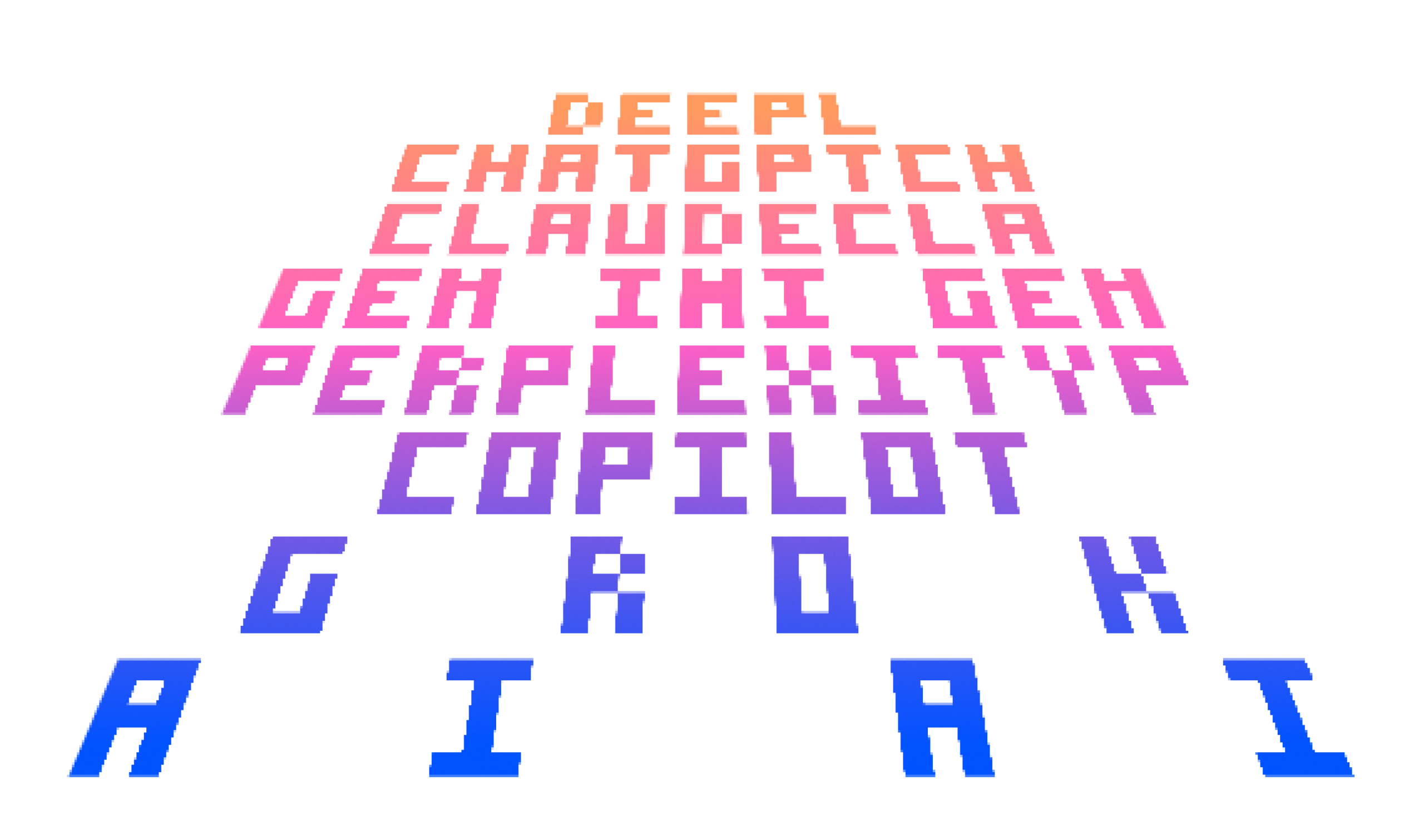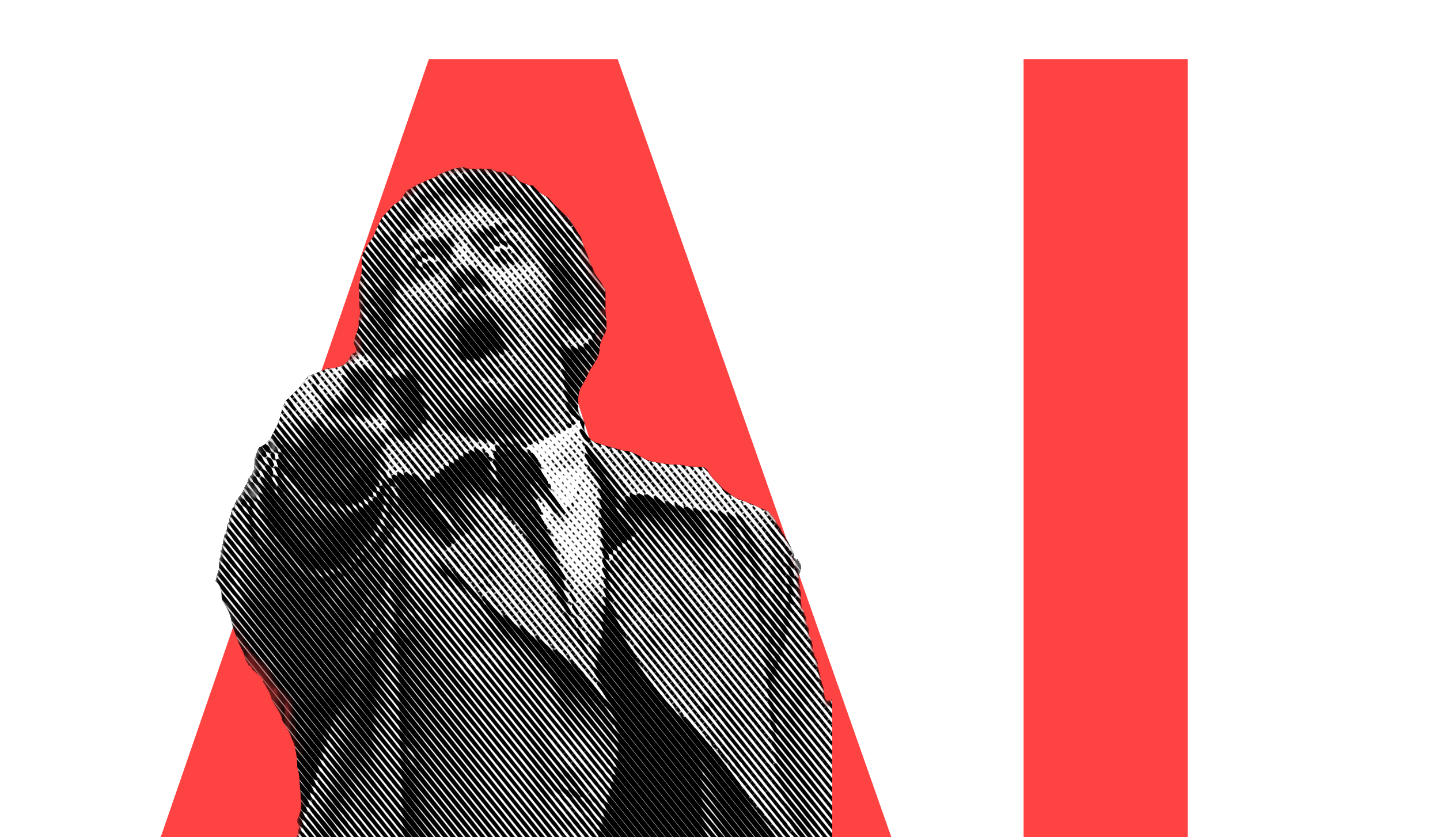I’ve been asked by the Italian magazine L’Espresso to write an article on The Future of Web Design. Here is the (longer) English text.
Thinking about what’s next online is fun because everything you wish to come true will come true. While commercial products obey to the laws of the market, which in part are influenced by the resources needed to create these products, the web is defined by the user. If a user wants something they will either get it or create it themselves. To see beyond today’s limits of the web, all we need to do is see what is needed.
Simplicity
Most of us will agree that today’s web sites are still way too difficult to use. They are overcrowded with irrelevant information and confusing functionality. If you open a contemporary news site you get bombarded with features and advertisements. Many web sites want to do too much, too quickly. They are lacking in three main ways:
A) Business Model
Still only few web site owners have a clear business model or even business plan. Many web sites force themselves to make money through pushy advertisements and an overload of random e-commerce features, hoping that the more they offer the higher the chance that they make a buck. Successful online products such as Google, Flickr, or World of Warcraft show that the contrary is true:
- Do one thing really well!
- Simplify!
- Don’t rely on random advertisement!
Web site managers need to learn that they need a rational business model and a rational site structure to make more money online.
Instead of piling up features, web sites need to become more intelligent. Requiring less input and giving more feedback. Showing less random data and delivering more relevant information.
B) Logic and Details
Web sites are functionally confusing because they’re not delicate enough, because they were not designed with enough care. While web sites need to become simpler, simplicity is not a matter of dumbing things down. On the contrary. Simplicity is when someone takes care of the details.
Take Google for instance. It looks simple. As a user you are not bothered with the technical details of the search. The machine figures it out for you and displays them in a manner so thought through, that doesn’t make you think about design matters. More and more web sites will work in this simple yet delicate way. Not because I like it, but because we all like it when details are taken care of. Web designers need to become more careful.
One of the few shining examples of a web site that makes a painful process easy by taking care of logic and details is The Invoice Machine.
C) Self Awareness
If you’re not a web designer yourself, most web sites look like a chess game. Most web professionals can’t imagine communicating the intricate logic of our web sites to those that do not work in the industry.
This is changing since web design schools offer training that takes designer blindness in account. Also, designers and clients are starting to understand that usability matters, and that A/B testing will help improve their web sites more than big blind relaunches.
Speed
The main reason why—to the amazement of many of my colleagues—TV is still such a tremendously popular medium is that no web site beats the speed of the remote control. No screen design can match the high drive of flipping through physical paper. The same can be said for radios. It’s just simpler to switch on the radio and scroll through stations than preparing your iPod. In terms of speed, traditional interfaces are still the benchmark for web designers.
People started using Twitter and Facebook for direct messages instead of E-mail because they require less physical manipulations to send a message. Future web designers will focus on speeding up processes by reducing physical manipulations over surface design. The best way to learn about speedy interfaces is to study everyday interfaces like doorknobs, drawers, shampoo bottles… Web designers need to learn more from traditional product designers.
Beauty
Web designers often complain that they don’t have enough liberty. This is utter nonsense. There is more than enough liberty. Actually, there is too much liberty. Too much is why so many sites look and feel so terrible.
User Experience is in the interface, not in the surface. Look at mobile sites: In spite of all the hype around mobile, mobile sites don’t look funky. They usually have minimal surface design. And yet we all love them. It’s mainly the screen size and the data transfer capacity of our telephone networks that forces mobile site designers to cut all ornamental elements and focus on bare interaction. This is, from a web designers perspective, a very healthy setup.
Instead of losing time on the glitz and discussing with the client whether green or yellow, serif or sans serif is a better choice, we have to focus on what constitutes the interface. I am pretty sure that the future of web design will be less concerned about the visual style. I am sure because web sites that care less about visual and more about interaction sell better. And that’s what web site owners care about.
Concern about the visual style is the echo of the nineties; the nineties are over. It’s well documented that often top decision makers and silly corporate structures mess with the design process. Let me state this clearly: Just because you drive a car it doesn’t make you a car engineer. In other words—CEOs shouldn’t get involved in web design, but in web business strategy.
This is easier said than done. While a typical corporate design project is decided in a top down process—where the matter often is as trivial and insignificant as “Should our logo be round or square, blue or green?”—websites are a matter of what the user wants and understands.
Luckily the change from “what the CEO wants” to “what the user needs” is about to happen in other sectors than just web design: One reason why the Wii and the iPhone won their game against much bigger competition is that they are more user friendly than their competitors.
Main Trends
While @font-face and related technologies allow the use of non-standard fonts, there is a healthy general tendency to just accept that web sites are read in the few standard fonts that were created to display optimal way on the screen. Ideally, the surface design of web sites will become as standardized as the choice of fonts.
Standardization of web technology and web design is a huge step forward. Look at the surface design on mobile devices. If all web designers can do is organizing standard elements, products will become much easier to use. Web designers become less and less opinionated about technological and visual standards and basic usability matters like text contrast, font sizes, accessibility. The more advanced a design, the less it is visible, or, as Apple’s Jonathan Ive put it:
A lot of what we seem to be doing in a product like that is getting design out of the way. With that sort of reason, it feels almost inevitable, almost undesigned and it feels almost, like of course it is that way. Why would it be any other way?
The number of theoretical possibilities to design a website are and always will be infinite, but in reality there are only a few things that really work. A great help to web designers are the different frameworks for CSS development that come with grid, layout, and typography definitions that help defining a user-friendly layout.
As more and more users move away from individually designed websites to social publishing platforms such as Twitter, Facebook and Posterous Tumblr, the actual design of these platforms is in the hands of professionals that for economic reasons focus on interaction rather than beauty.
Another great help unifying web user interfaces comes from jQuery UI, a user interface library. jQuery UI offers a vast library of ready-to-use interface elements, such as sign up forms and modular picture gallery elements. It is free, easy to implement, uses stable code, and employs front end design standards instead of trying to reinvent the graphical user interface.
Counter-Trend
More and more web designers understand that typography is not about choosing fancy fonts, but organizing type in a way that it guarantees the best reading experience for the user. There are a few tendencies in contemporary web design (and programming) that point in the direction of easy to use standardized frameworks away from the uneconomic trend to reinvent web design with every project. Of course, with every trend there is an interesting counter-trend.
While these technological improvements tend to make the web a more and more homogeneous place, simultaneously there’s a tendency to create highly curated sites that use a different design for each article.
The idea is that the look of the article should not subdue to the brand identity of the site—the site should adapt to the content in color and shape. A good example of such a design chameleon is Jason Santa Maria’s weblog.
Conclusion
Technology often develops from primitive to complicated to simple. The web develops faster and is more client-focused than traditional technologies. Web development is cheaper, more flexible and most importantly: everyone can contribute to its development. In concrete terms: Better interaction design, less graphic design. Better user experience, less debates about taste. Faster technology, more reliable design standards.
While there are a number of technological and social trends that confirm that movement, there are a number of counter-trends that keep things interesting. As it becomes much easier to develop web designs with the upcoming browser generation, there will be more functional liberty and more visual standardization in web design.







